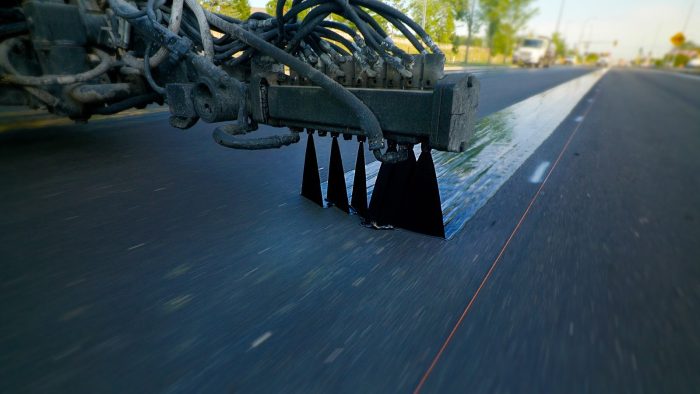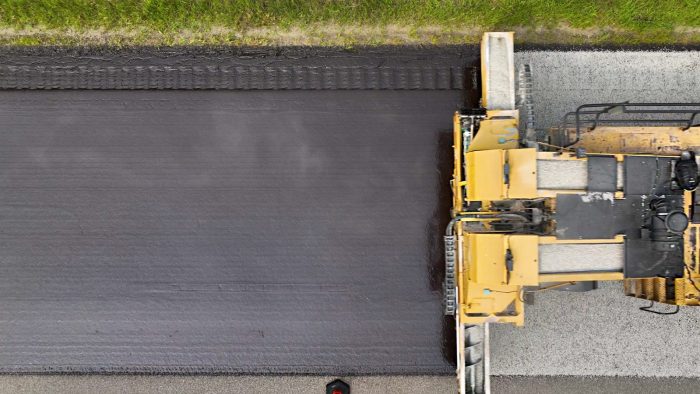
For many municipalities and cities, roads are one of their biggest assets/expenses. Annual budgets for roadwork never seem to be enough to maintain rapidly deteriorating roads. The conventional approach to pavement management uses funds to repair roads in the poorest condition, the “worst-first” method. While this approach makes logical sense, miles of acceptable roads are neglected, succumbing to an accelerated decline of the entire road network.
Typically, untreated roads have an expected life of 20 years. After 15 years, the quality will decrease by 40%, and over the next few years, quality will drop another 40% (source). When roads reach this point of accelerated deterioration, expensive reconstruction and rehab are the only options. There are so many places where surface transportation infrastructure needs work, but agencies struggle to rebuild using costly conventional methods.
Thankfully, there is an alternative. Many agencies are pursuing an optimized approach, using funds more efficiently. By choosing treatments that create incremental gains to the road network, instead of yearly losses, they can stay ahead of the curve. This treatment approach is known as pavement preservation. From the federal and state levels, preservation efforts are highly encouraged for the longevity and safety of the nation’s surface transportation system.
“As an industry, we have to think outside the box. Moving forward, we must look at new alternatives. Pavement preservation is proven, yet not as well-known or highly leveraged as it could be,” says Jeff Kern, former University of Illinois researcher and current Evergreen Roadworks™ quality control manager.
Pavement Preservation consists of preventative treatments, which, if applied at the right time, can extend the life of a road to 40 years, doubling the untreated lifespan. This incredible achievement is also cost-effective, allowing taxpayer dollars to go further by increasing the average condition of a road network while shrinking the average cost per square yard.
As an added benefit, pavement maintenance is also a greener approach than conventional methods. It is known to emit less greenhouse gas, consume less energy and have a faster application time (source). Pavement preservation treatments enhance the quality of pavement with minimal effect on the environment and budgets, in a nutshell, “keeping good roads good”.
The Pavement Preservation and Recycling Alliance divides road treatments into four categories: surface treatments, pre-treatments, recycling & reclamation and base treatments. Evergreen Roadworks and its partners are proud to offer a full range of available asphalt applications. Evergreen specializes in pavement preservation applications, each suited to reduce lifecycle costs, application time and embodied emissions among other benefits:

With so many options available, it can be difficult to know where to begin. As a baseline, the current condition of a given road network must be assessed. RoadResource.org offers tools to assess pavement conditions by criteria and photos. With this framework in place, RoadResource.org also provides four essential metrics with tools for determining the most efficient treatment plan.
The remaining service life is how much life a road network is gaining or losing annually. The road management Remaining Service Life Calculator aids in the exploration of varying combinations of treatments, which can be leveraged for maximum network life.
The equivalent annualized cost (EAC) divides the cost of treatment by the life expansion provided. This EAC tool allows for apples-to-apples comparison.
To maximize pavement life, consider the best treatment for the road now and what combination of treatments will maximize road life over time. Life Cycle Cost Calculator compares the total impact of the “worst-first” approach with the pavement preservation approach.
This tool offers a way to prioritize projects when considering variables of traffic, cost and life extension. The CBV Calculator helps identify roads that offer the biggest return on investment.

Pavement preservation comes down to applying the right treatment at the right time. With a timely, quality application, the benefits to safety, the environment, cost and more are worth the learning curve.
Evergreen Roadworks is eager to be at the forefront of roadway preservation. After years of experience as a road contractor, we sit at the intersection of quality and long-lasting roadwork, sharing our expertise in specialized paving solutions and legislative requirements.
We are a full-service, one-stop shop for pavement preservation, keeping one step ahead of the curve. From private sector work to county roads to state highways, Evergreen is ready to lead the Midwest toward a durable and sustainable future.